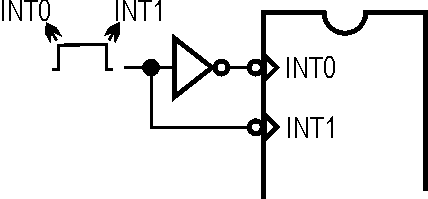Help
Advanced Member level 2
it0 in at89c52??
Hi,
At89c52 EXEN2 is set, a 0-to-1 transition in T2EX. Is it posible? If not how can we do?
I got incoming signal which is "10" and "01" for 10=ZERO and 01=ONE. How can i verify this to two signal in my code?
Please guide me in C program.
Thank You.
Hi,
At89c52 EXEN2 is set, a 0-to-1 transition in T2EX. Is it posible? If not how can we do?
I got incoming signal which is "10" and "01" for 10=ZERO and 01=ONE. How can i verify this to two signal in my code?
Please guide me in C program.
Thank You.
